
Culture & Sports
14:15, 05-Jan-2017
A little box of tea: Centuries-old trade struggles to modernize
Updated
10:31, 28-Jun-2018
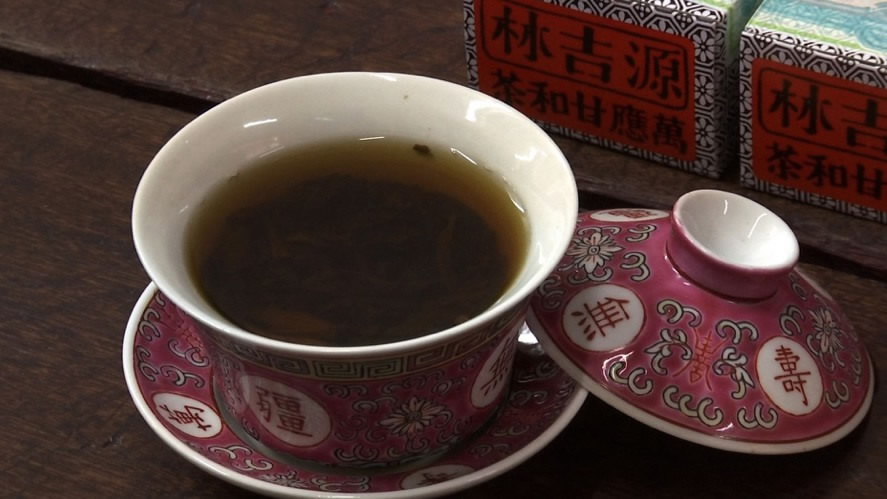
In Hong Kong, "a little box of tea" or Hap Zai Cha (盒仔茶), is a medicinal herbal tea that was once a staple item in almost every home. But despite its proud history and household name, tea producing company Yuen Kut Lam has been having a hard time ensuring the relevance of the centuries-old business in the modern era.
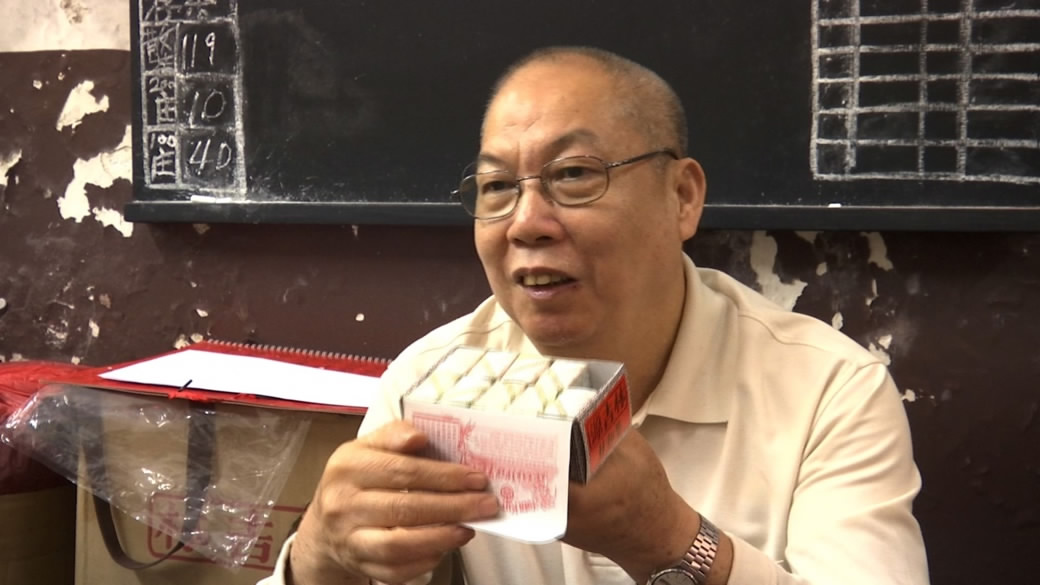
Yuan Er-Jian, 7th generation patriarch of Yuen Kut Lam Herbal tea, talks about his family’s business history. /Photo: Mao Dan
Yuan Er-Jian, 7th generation patriarch of Yuen Kut Lam Herbal tea, talks about his family’s business history. /Photo: Mao Dan
Up until the 70s, “drink a little box of tea” was a common saying, and practice, in Hong Kong. The medicinal herbal tea is believed to help cure colds and the flu, and help keep health when drink in small quantity.
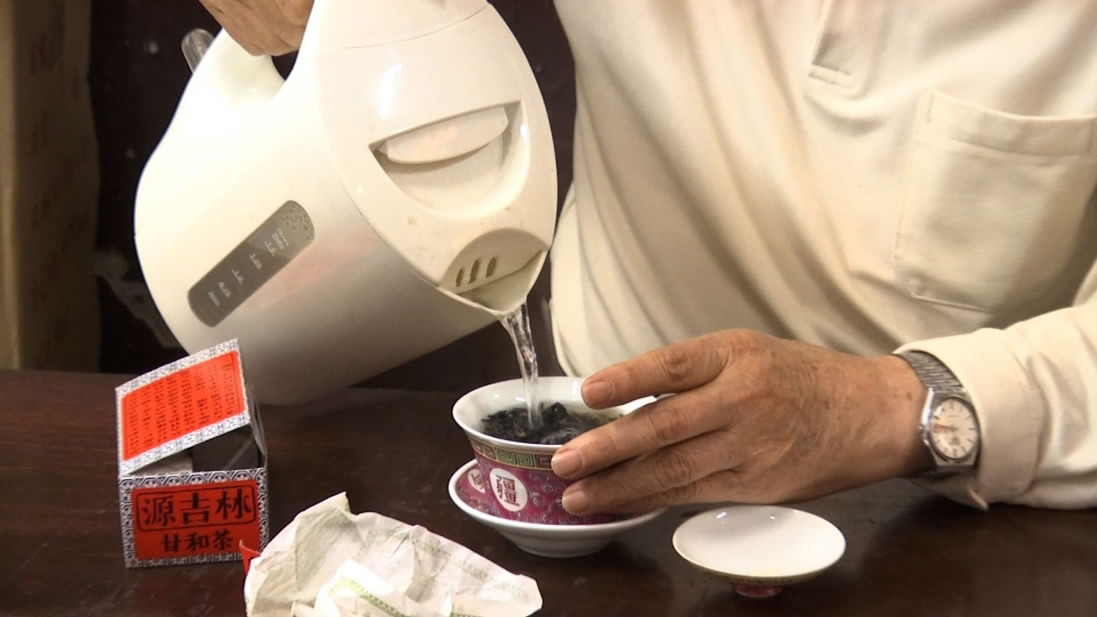
Yuen Kut Lam Kam Wo Herbal Tea was once a staple in every home in Hong Kong. /Photo: Mao Dan
Yuen Kut Lam Kam Wo Herbal Tea was once a staple in every home in Hong Kong. /Photo: Mao Dan
The little box of tea is in effect a kind of ready-to-drink traditional Chinese medicine. The tea is made by blending 28 kinds of herbs, with its recipe remaining unchanged for centuries.
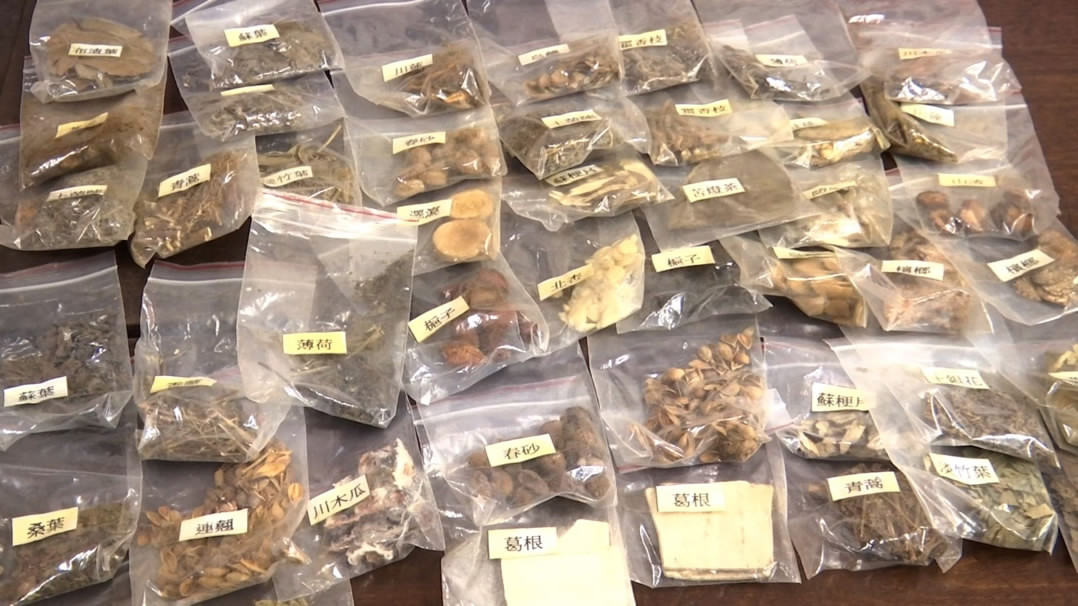
The herbs used to make the Little Box of Tea. /Photo: Mao Dan
The herbs used to make the Little Box of Tea. /Photo: Mao Dan
The procedure to make the little box of tea: cook the herbs, extract the juice, soak the tea in the juice and then dry it in the sun. After that, soak the tea again, and repeat the process nine times. It’s called “Nine Soaks and Nine Dries”. The whole process takes one week.
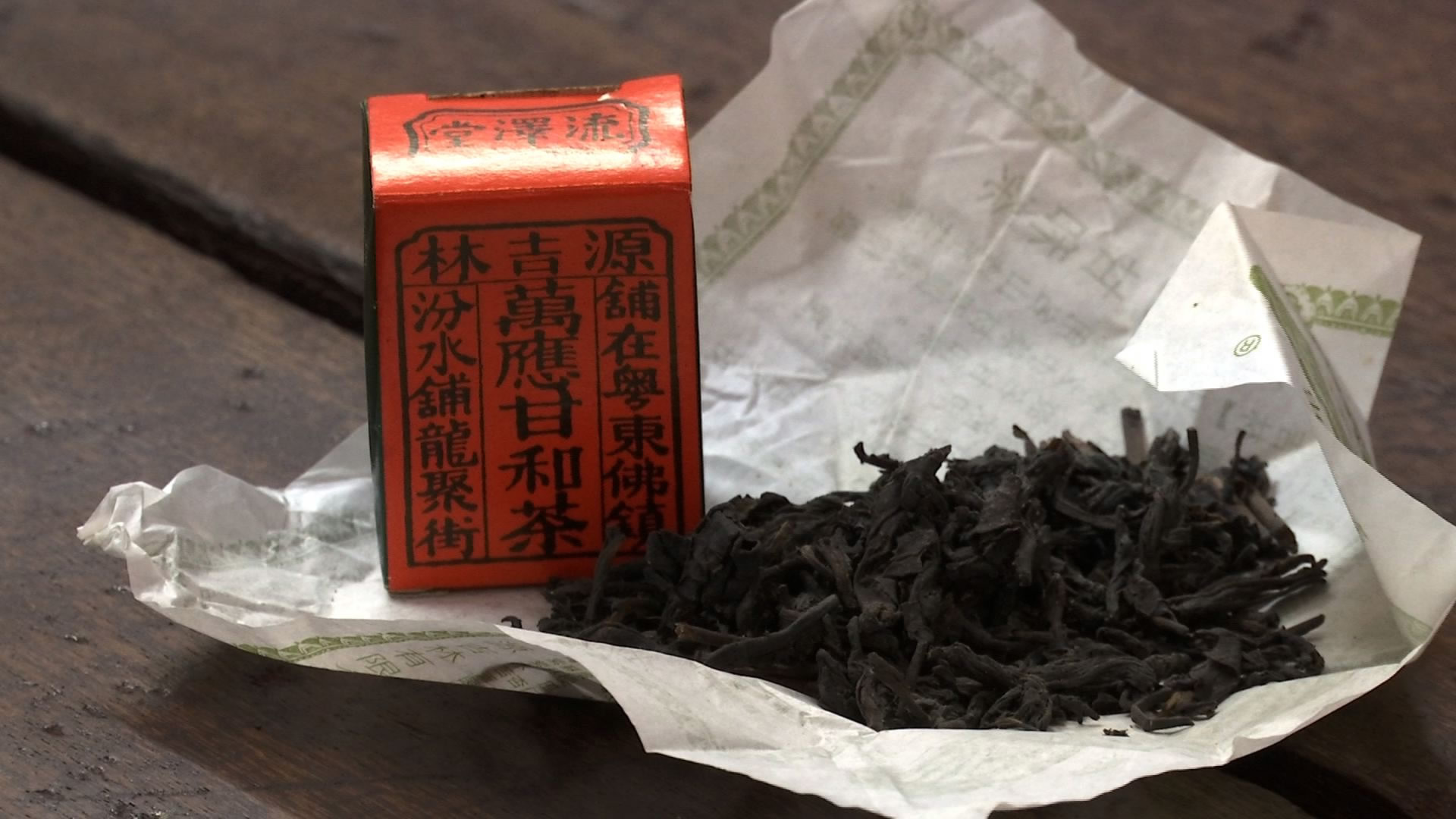
The medicinal herbal tea got its nickname “Little Box of Tea” from its small pack. /Photo: Mao Dan
The medicinal herbal tea got its nickname “Little Box of Tea” from its small pack. /Photo: Mao Dan
The little box of tea has been popular for its convenience and low price, being sold at around 2.6 US dollars a pack for decades, enabling low-income individuals to get a quick medicinal fix without going to see a doctor.
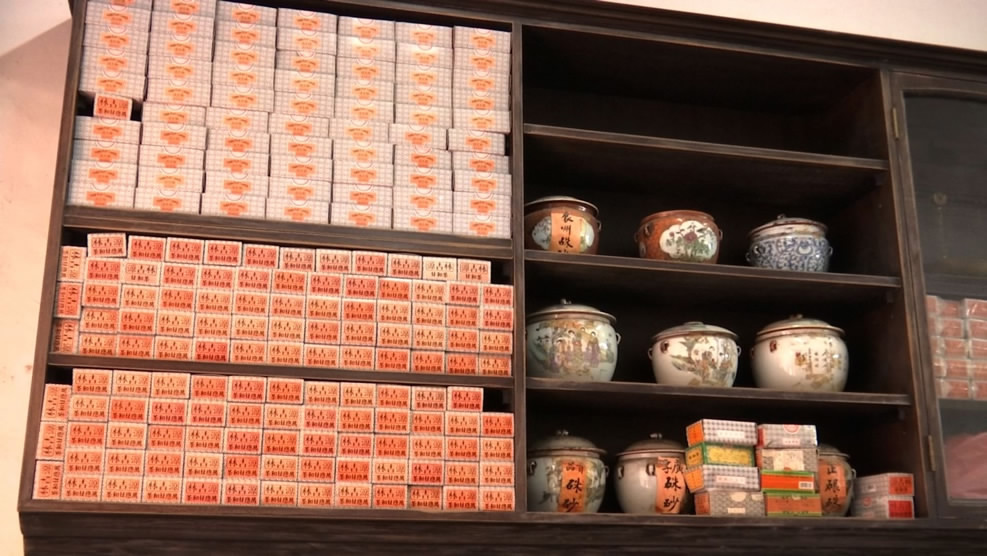
A glimpse inside the century-old tea shop. /Photo: Mao Dan
A glimpse inside the century-old tea shop. /Photo: Mao Dan
However, rising costs and competition from western medicine forced the family-run tea shop to reform its management and marketing. Yuan said the family members have debated numerous times over managing methods and even filed lawsuit against each other. The company finally decided to go for co-branding and open a new factory in Guangdong, mainly for brand-building. To save labor costs, processing and packaging, which is done manually, will be mechanized, though Yuan said the formula will remain the same.
(Written by CGTN reporter Mao Dan)
1970km

SITEMAP
Copyright © 2018 CGTN. Beijing ICP prepared NO.16065310-3
Copyright © 2018 CGTN. Beijing ICP prepared NO.16065310-3